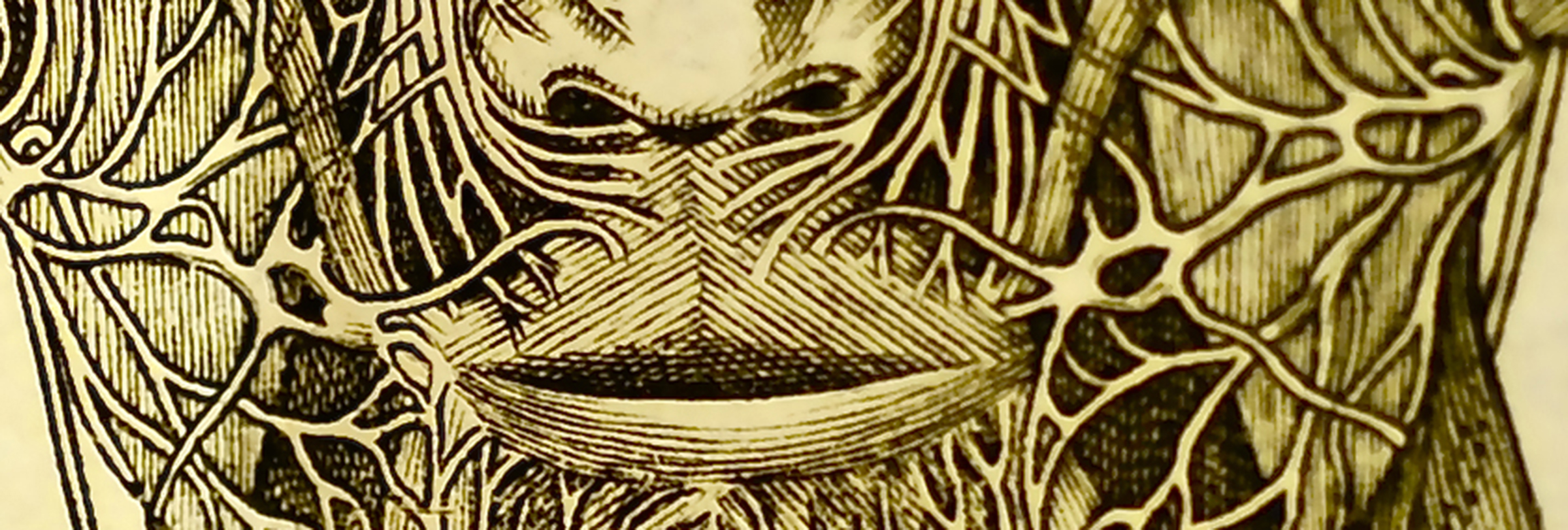Larry is a neuroscientist at the University of Southern California who studies how the nervous system controls thinking, feeling, and behavior. What are the design features of this biological circuitry? What are the parts, how does each one work, and how do they interact as a functional, interactive system? What is the wiring diagram? What are the historical foundations of this quest for the basic plan? An elected member of the National Academy of Sciences, American Academy of Arts and Sciences, American Association for the Advancement of Science, and Grolier Club, Larry has served as president of the Cajal Club and the Society for Neuroscience, and was Secretary General of the International Brain Research Organization.
Here’s a link to his scientific geneology
 Images of Larry Swanson in 1974, 1994, and 2013
Images of Larry Swanson in 1974, 1994, and 2013
Outside of work, Larry’s main interests are first and foremost family (Neely, Reid, and Lee), friends, travel, and collecting books in the history of neuroscience. Neely took the photo on the right in Larry’s office at their Manhattan Beach home in 2013. The MRI image in the middle was taken by Scott Grafton in 1994; it is a frontal section through Larry’s prefrontal cortex. The photo on the left was taken by Brent Stanfield in their office at Washington University around 1974; it shows a color-coded 3D model of the rat hippocampal formation (the dentate gyrus is red) Larry constructed with foam rubber from enlargements of histological sections. The surface of the model (representing the main cell layers) was covered with Plastic Wrap, the location of sections was drawn on with an indelible pen, and then the surface drawings were stretched out on the floor and connected to produce the flatmap attached to the wall in the background. This unique approach to illustrating the hippocampus was first used for intrahippocampal connections in 1978; it was critical for the later development of a flatmap including the entire cerebral cortex.
